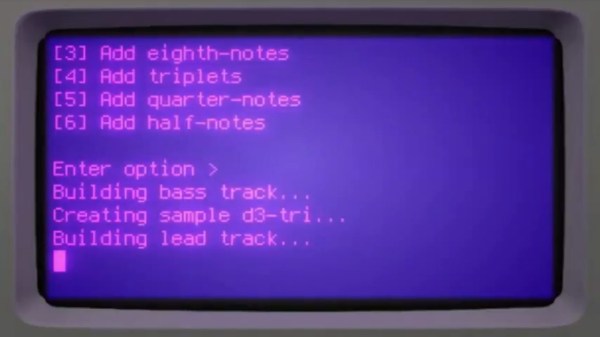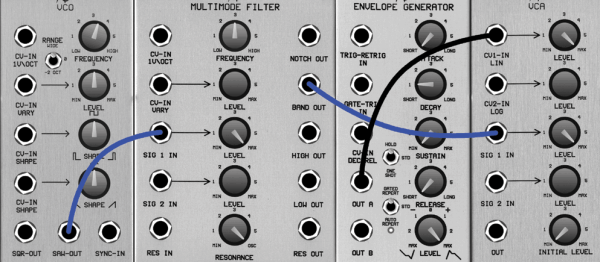Thirty years ago, we would be lucky if a computer could play audio. Take a computer from twenty years ago, and you’ll be lucky if it can play an MP3 in real-time. Now, computers can handle hundreds of tracks of CD-quality audio, and microcontrollers are several times more powerful than a desktop computer of the mid-90s. This means, of course, that microcontrollers can do audio very, very well. For his entry to the Hackaday Prize, [Fabien] is capitalizing on this power to create a Swiss Army knife of audio synthesis. It’s called the Noise Nugget, and it’s just what you need when you want to put audio in anything.
The microcontroller in question is an ARM Cortex-M4 running at 180MHz, with a quality DAC. There’s connectivity in the form of USB, two audio outs, one audio in, I2C, UART, and GPIOs. With this, you’ve got a digital synthesizer with a MIDI interface, audio effects for guitar pedal tomfoolery, an audio effect trigger board for playing pre-recorded sounds, a digital recorder, and a USB sound interface.
So, with all that processing power, what can the Noise Nugget actually do? Well, first of all, it’s a sampler. [Fabien] has a video demo of the Noise Nugget set up in sampler mode, where it can play a lute-ish sample and a cat sound. All of this is controlled over MIDI and played through a cheap speaker. The results — except for the cat sample — sound great. You can check that video out below.


















